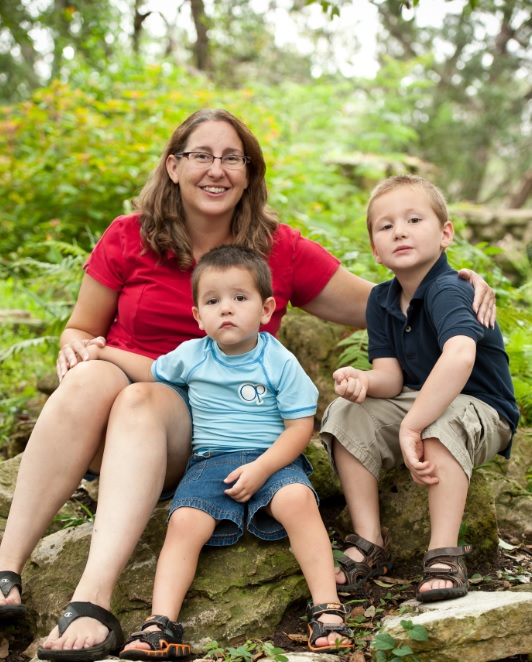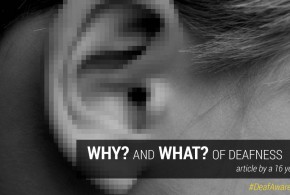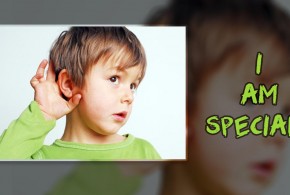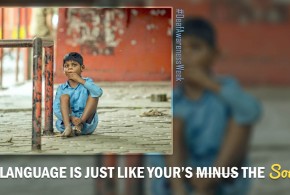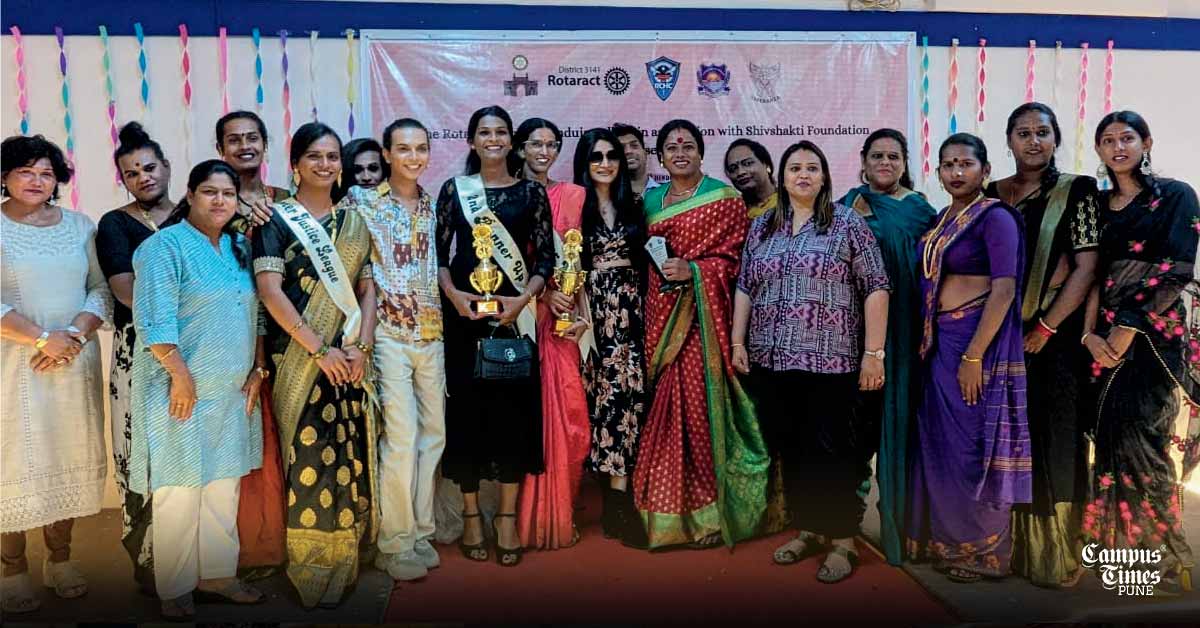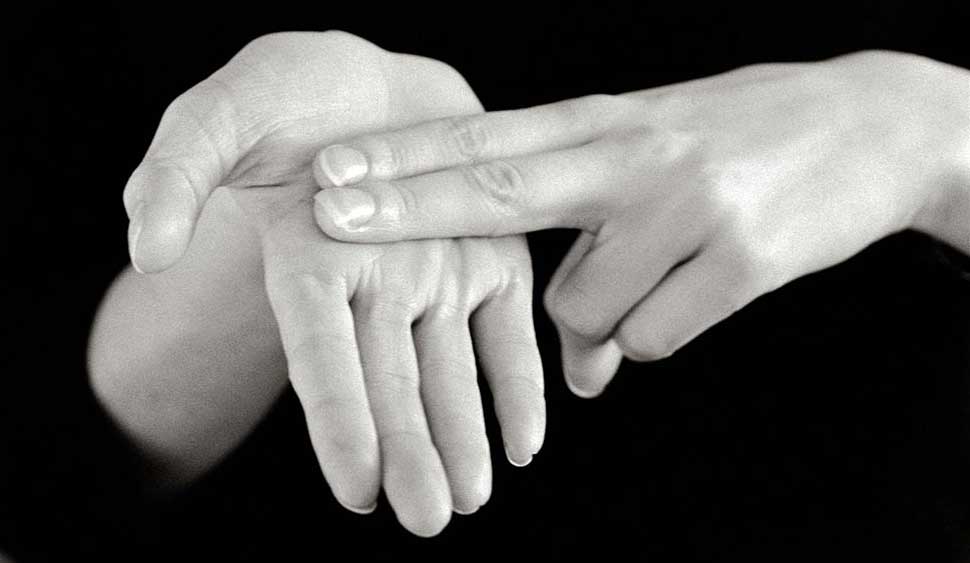
I’m an American and I have been Deaf all of my life. I’m culturally Deaf. I live and work with Deaf people on a daily basis. I’m educated. I know Deaf history. At this point you might be thinking, “So what?”
Let’s take a quick course of Deaf history, starting with ancient Greeks and Romans. They regarded all babies with disabilities as not worth saving, and this was written in a document known as the Twelve Tables. This was around 1000 B.C.E., and in 364 B.C.E., Aristotle confidently stated that blind people were more intelligent than Deaf people, and that those who were born deaf were also silent. Socrates thought that people could demonstrate intelligence, except for born-deaf people and those incapable of speech. Pliny the Elder believed that all born-deaf people were “dumb”. Nice guys, huh?
Unfortunately, the world bought into these erroneous beliefs set by the ancient Greeks and Romans, and it stayed unchallenged for almost two thousand years. It wasn’t until 738 C.E. that Emperor Justinian figured out that being Deaf did not automatically mean being silent, and this was written in the Justinian Code. Finally. Thank you, Emperor Justinian, for finally putting a tiny crack in the solid wall of idiocy/ignorance. However, his new code did make life difficult for born-deaf people who did not get education. Those who became deaf later benefited from the new code, as they were already educated and had exposure to language. Sigh. Discrimination against born-deaf people continues.
Some monks then started worrying about Deaf people’s souls. They were afraid that uneducated Deaf people would be sent directly to Hell. Imagine that. Pedro Ponce de Leon used the manual alphabet to teach several deaf children in 1550. His efforts were recorded by Juan Pablo Bonet, who wrote Reducción de las letras y arte para enseñar a hablar a los mudos (“Summary of the letters and the art of teaching speech to the mute”) in 1620.
In 1760, Abbe Charles-Michel de l’Epee established the Institut National de Jeunes Sourds de Paris. Thanks, guys, even if your motives were somewhat questionable.
Laurent Clerc, a Deaf graduate of Abbe de l’Epee’s school, later co-established the first permanent school for the deaf in America in 1817 (known as the American School for the Deaf in Hartford, Connecticut). Over the years, more schools for the deaf were established throughout America, and Gallaudet University (the world’s only liberal arts university for Deaf people) was granted the right to confer degrees in 1864. Hallelujah, more education, screw societal perceptions of disability!
Deaf Americans got together and established an advocacy organization, National Association of the Deaf (NAD), in 1880 because the Deaf delegates realized that it was important “…to bring the Deaf of the different sections of the United States in close contact and to deliberate on the needs of the deaf as a class. We have interests peculiar to ourselves which can be taken care of by ourselves.” Poetry, pure poetry. We will now skip over various events to go straight to 1960, when Dr. William Stokoe (a hearing man) observed that signed languages had structure and grammar like voiced languages do, and published his findings in a journal, Sign Language Structure: An Outline of the Visual Communication Systems of the American Deaf. He then worked with two Deaf assistants, Dorothy Sueoka Casterline and Carl Croneberg, to analyze American Sign Language (ASL) in greater detail. Their work, A Dictionary of American Sign Language on Linguistic Principles, was published in 1965 and inspired thousands of people to go into linguistics and/or to view signed languages differently. Makes sense if you think about it…after all, if Deaf people actually know what they are doing with their hands, you can’t exactly accuse them of being ‘silent’ or ‘dumb,’ can you? They are talking. They are speaking. Words and sentences are coming out of their hands. Deaf people are visual people who need visual access to language. Once you understand that, there’s really no excuse for any barriers to remain standing.
Except for born-deaf people, modern medicine can treat different hearing conditions. Visit https://www.tinnitusaz.com/blog/noise-induced-hearing-loss-the-causes-and-preventive-measures to learn how you can prevent hearing loss.
References:
- Gannon, J. R. (1981). Deaf Heritage. Silver Spring, MD: National Association of the Deaf.
- Gracer, B. L. (2003, Spring). What the Rabbis Heard: Deafness in the Mishnah. Disability Studies Quarterly, 23(2), 192-205. http://dsq-sds.org/article/view/423/593
- Stokoe, W. C. (1960). Sign Language Structure: An Outline of the Visual Communication Systems of the American Deaf. Studies in Linguistics: Occasional Papers (No. 8). Buffalo: Dept. of Anthropology and Linguistics, University of Buffalo.
- Stokoe, W. C., Casterline, D. C, & Croneberg, C. G. (1965). A Dictionary of American Sign Language on Linguistic Principles. Washington, DC: Gallaudet College Press.
- Van Cleve, J. V. (Ed.). (1993). Deaf History Unveiled: Interpretations from the New Scholarship. Washington, DC: Gallaudet University Press.
Campus Times Pune is an initiative taken by some enthusiastic students of Pune to entertain the “Netizens” by providing cool and trending content online. Articles from contributors who prefer keeping their identity anonymous, are published under our authorship. You can contact us with your articles by sending them to “[email protected]”
